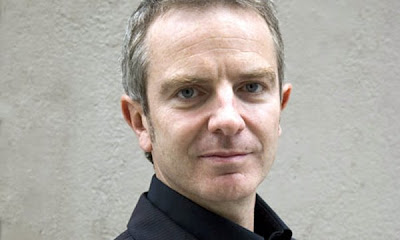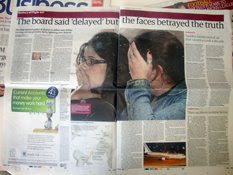
Infographics traditional style
Like the good old days of war explanations
The comment 'opener' in the
Daily Telegraph today showed the how and the whereabouts of latest offensive in Afghanistan
Is it accurate?
We think so!
The interesting debate between 'data' based in infographics and those which recreate the uncertainty of news reporting on deadline
Its great to base everything on fact, which is now why we celebrate the modern phenomenon of data sheets and spreads of statistics
But we should not forget the great pleasure the reader(s) receive from illustrating a sequence or moment in time, however long or short, of an event so far away that there is no way on earth they could never, ever visualise
That is why we do it for them. It's part of our job description
Stef Bayley built most of this for the
Sunday Telegraph, unfortunately editorial real estate was gloved in the opposing corner
Luckily for the Daily, four days later, the story was still breaking news and I decided to run Stefan's research and visual labour in all of its glory
Gordon Brown has not yet labelled this front in Afghanistan as a 'war'
Yet it clearly is. To label its so would mean serious investment
But without the infographic, or the visual, one would never truly appreciate the huge scale of the operation in theatre
It is however, not based on fact or data, but first-hand impression
Is it right or wrong that we can be confident in not only delivering fact and figures, but also recreate and explore means and methods that show the news?
And to take our readers to a place that neither words nor photography can chart?
Just like Peter Sullivan, John Grimwade, Duncan Mill, Jaime Serra, Charles Blow, Juan Velasco and the boys from Bilbao?
Please leave comments and debate on this subject. I feel strongly that although reporting the fact is of huge importance, surely we can also excite and add our impression, as reporters and visual commentators of the news, that our view [as an infografista] counts!



















































